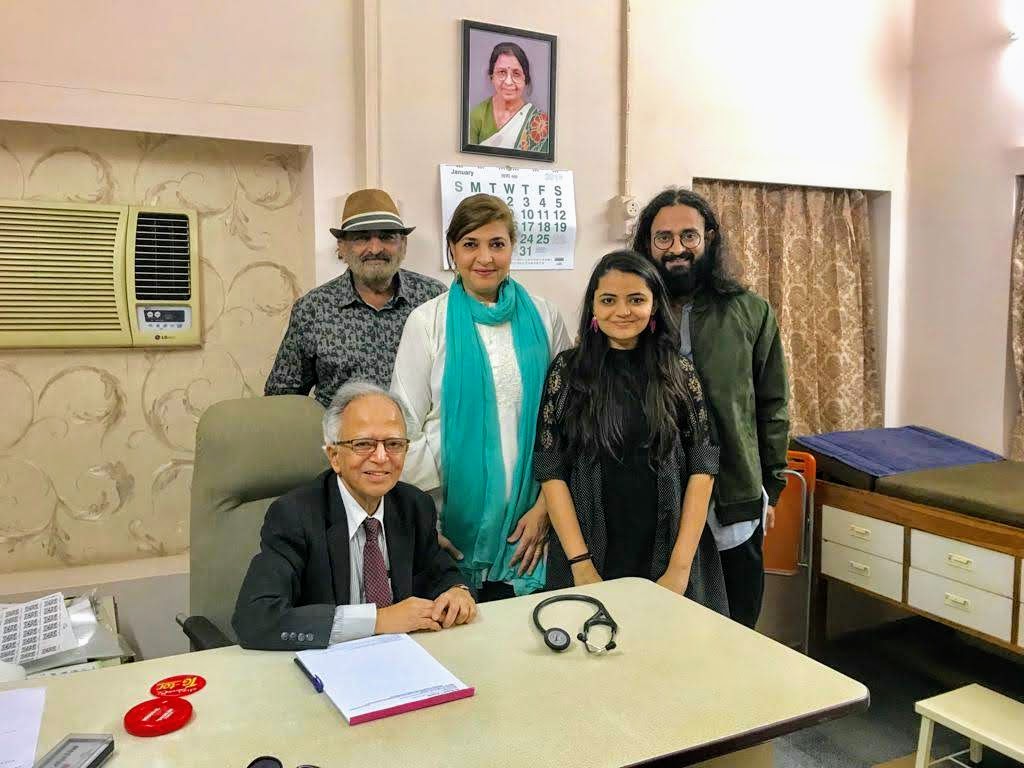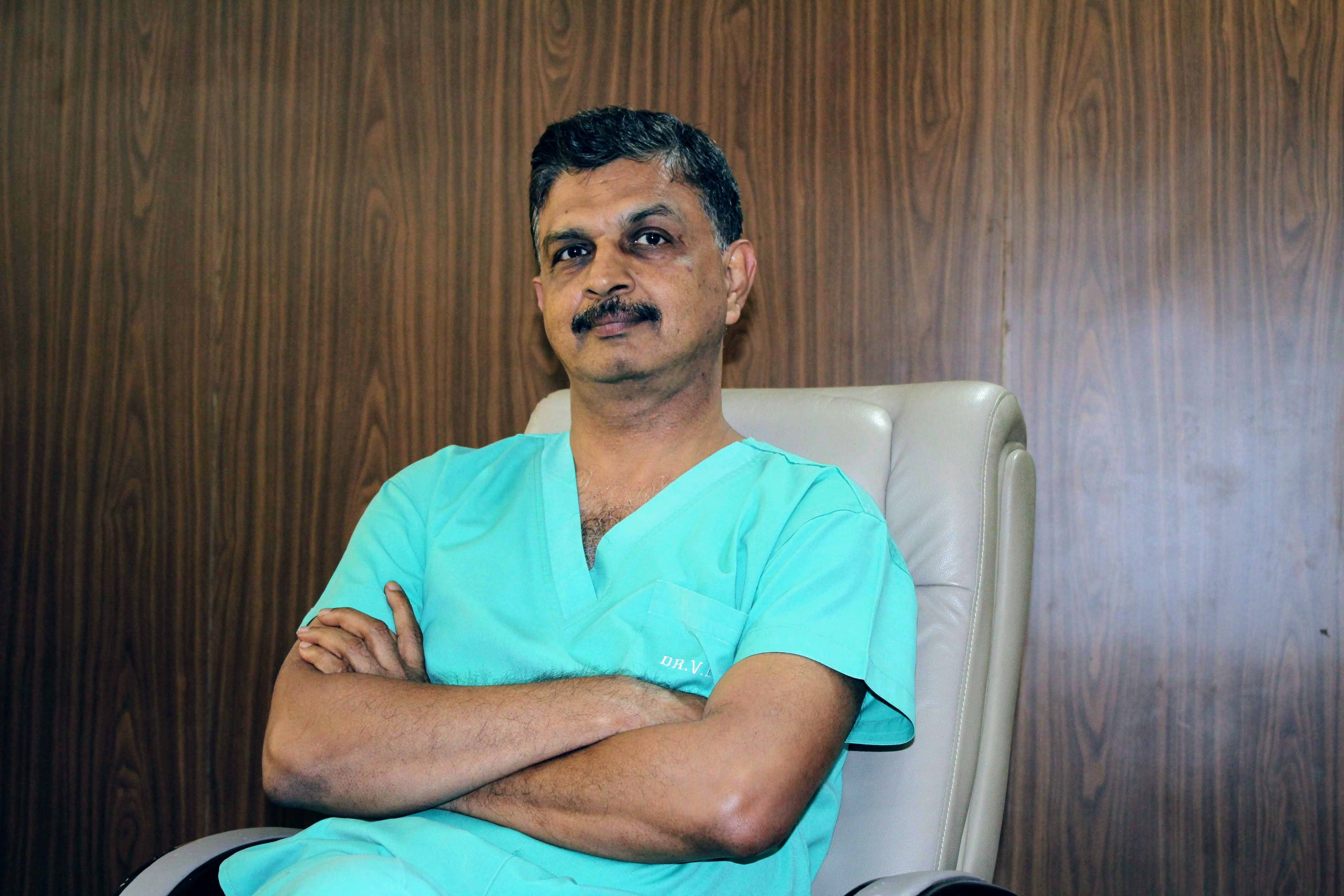You may have seen him in a hospital in Dubai (United Arab Emirates) and, at first blush, counted him down as just another face in the crowd of medics. But Dr Vikram Shah of Ahmedabad, India is among the handful of doctor-entrepreneurs who have put India on the medical tourism map of the world.
Shah is an orthopaedist (joint replacement surgeon) par excellence who often flies to the City of Gold to perform painless, hassle-free knee replacement surgeries.
Indeed, India is today the preferred destination for foreigners and non-resident Indians who flock to the country’s 500-plus accredited world-class hospitals like Dr Shah’s Shalby (Ahmedabad), Tata (Mumbai), Hinduja (Mumbai), Apollo (Chennai), AIIMS (Delhi), Fortis (Bengaluru), among thousands of others despite high-tech healthcare facilities available in other medical travel hot spots like Singapore, Turkey, Mexico, Malaysia, Thailand and Brazil.
According to India’s tourism minister Prahlad Patel, the number of foreign patients rose from 75,688 in 2014 to 134,344 in 2015, zooming to 201,333 in 2016, and skyrocketing to a staggering 495,000 in 2017—an exponential growth of 111 per cent during 2015-2017.
Chennai city in coastal, southern Tamil Nadu state alone attracts about 45 percent of health tourists from abroad and 40 percent of domestic health tourists because of its doctors and up-to-the-minute healthcare facilities.
Most of these men and women looking for affordable but top-notch treatment wing in from countries of the Gulf Cooperation Council, the Commonwealth of Independent States, Africa, Bangladesh, Afghanistan and even the wealthy nations like the United Kingdom and the United States where medicare could cost an arm and a leg.
Dr Ramesh Kapadia, an expert octogenarian cardiologist who has pioneered the simple but out-of-the-world, holistic Universal Healing Program to prevent the deadly coronary heart disease, told Connected To India that a heart surgery for which a patient pays only Rs 200,000 in India would have to shell out unaffordable charges totalling Rs 2.8 million in the US.
Similarly, a knee replacement in India will cost anything between Rs 180,000 to Rs 275,000 whereas the surgery bill in the Western world will be a bitter pill to swallow for patients – over Rs 550,000.
Ailing foreigners and well-heeled non-resident Indians give a wide berth to India’s 35,000 jam-packed government hospitals but about 3,600 hospitals and 26,000 dispensaries across the country also offer alternative medicines and treatment like Ayurveda, yoga, Unani, naturopathy, to the out-of-shape medical tourists who do not want to go under the knife.
While hundreds of Bangladeshis come to Mumbai’s Tata Memorial Hospital for cancer treatment, and Saifee Hospital receives 10 new patients from West Asia daily for cutting-edge bariatric treatment, 50 international patients are registered at Fortis Hospital every month for various medical procedures.
Dr Satish Patel, an orthopaedic surgeon, said that the Indian medical tourism industry was growing at a 19% compound annual growth rate year on year and has captured nearly 18% of the global medical tourism market share.
The country offers a complete bouquet of healthcare services at an affordable price to the world what with highly skilled doctors and medical professionals, world-class hospital infrastructure, cost-effective treatment and personalised care being some of the reasons for the fast growth of medical tourism industry in India.
No wonder, India’s revenue earned through the medical tourism sector is expected to grow from the current US$3 billion to US$8 billion by 2020 what with the government issuing some 180,000 medical visas year after year.
After all, the Indian hospitals, which also offer comforts like hassle-free hotel bookings, airport transfer, visa assistance, dietary needs, currency exchange, are better known for providing inexpensive, best-in-the-class and swift medical care by compassionate doctors and nurses.
Raj Lalkho of United Arab Emirates, Omar Baarimah from Yemen and New York’s Meeca Huang, who underwent a total knee replacement surgery, have returned home happily after receiving impeccable treatment at Shalby Hospital.
The ‘zero technique’ evolved by Shalby’s founder chairman and managing director Dr Vikram Shah has taken the world by storm because of a swift, matter-of-minutes procedure, less pain, less bleeding, smaller cuts, faster recovery, shorter hospital stay and fewer medications. In fact, Dr Shah has also developed a unique orthopaedic surgeon’s easy-to-pierce needle (OS needle) now used worldwide for reducing surgery and recovery time.
“Better flight connectivity, simpler visa rules and more tie-ups between hospitals and the hospitality industry will go a long way in attracting overseas medical travellers”, opines famed diabetologist Dr Mayur Patel, and complains that African high-sugar patients down with foot ulcer, gangrene and neuropathy seek cure at the eleventh hour at his renowned Swasthya Diabetes Care hospital.
All said and done, the government, in order to provide dedicated institutional framework to take forward medical tourism, has been organizing road shows in various countries, handing sops to those participating in tourism promotion events and has also set up a ‘National Medical and Wellness Tourism Board’ which works as an umbrella organization that promotes this segment of tourism in an organized manner.
“Medical tourism is sure to grow further. NRIs and foreigners are happy with treatment available in India which also boasts ideal doctor-patient relationship,” says Ahmedabad-based Dr Kapadia, who is also associated with the hallowed Cleveland Clinic in the US where his son, Dr Samir, is the chairman of its cardiology department.






